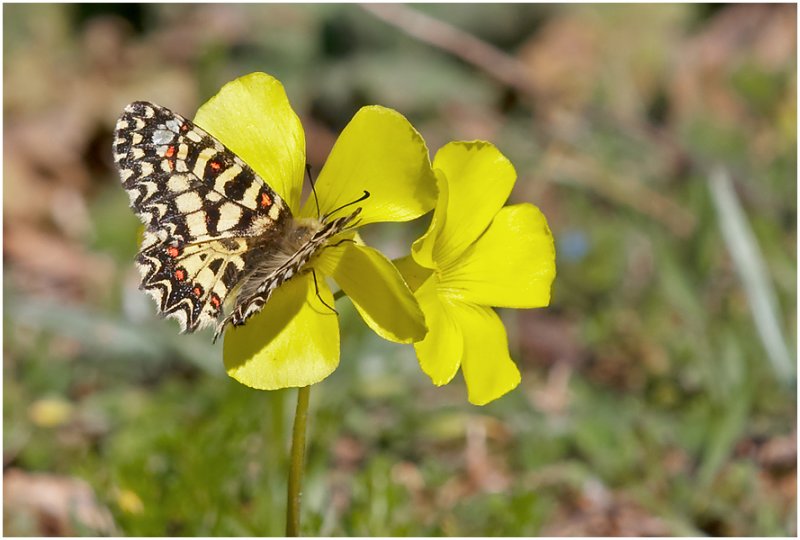
Many also protect themselves from being eaten by grazing animals with sharp spines or by producing chemicals that make them unpalatable.

The plants compensate for the lack of available moisture with leaves that help to conserve it, these may be thick and felted, tough and leathery or needle-like. Most thrive in a variety of different habitats, on dry sandy and often stony soils, in salty air by the sea and on rocky slopes.
#Bermuda buttercup nursery update
I have only ventured out for short walks during pleasanter parts of days, so for now I thought I’d do an update on some of the most commonly found plants that are presently flowering throughout the region.īeautiful flowering shrubs and plants, many of which are widely cultivated and grown, or attempted to be grown in gardens throughout Europe, flourish here in some seemingly inhospitable places. They are tricky butterflies to photograph as they fly quite fast and don’t settle often, but they do seem to be attracted to the flowers of Bermuda buttercup where it occurs in their ranges.įollowing last Saturday’s high the week’s temperatures rapidly descended back to winter lows and we had rainy days, climaxing over the weekend with torrential downpours and thunderstorms. Moroccan Orange Tip – Anthocharis belia (euphenoides)įamily: Pieridae Flight period: March – JuneĪ fairly widespread species in Spain in the Spring, the Moroccan Orange tip is similar to the Orange tip, Anthocharis cardamines, found in Northern Europe but with a yellow ground colour. Association with insectsīeing in flower early in the year, the Bermuda buttercup, for all its faults does provide useful nectar to the earlier flying insects such as Violet Carpenter bees and the pretty Moroccan Orange-tip butterfly.

The golden petals can be used to produce a yellow dye. The raw bulbs have been used to deal with tapeworm and possibly other worms. This sourness is caused by the exceptionally high content of oxalic acid. In South Africa it is a traditional ingredient in dishes such as waterblommetjiebredie (water flower stew) and the underground runners, which tend to be fleshy, have been eaten raw or boiled and served with milk. The plant has been used in various ways as a source of oxalic acid, as food, and in folk medicine. Oxalis pes-caprae is often called by the common name sourgrass or soursob due to its pleasant sour flavor. Australian Veterinary Journal, 1929, Vol. For example, when hungry stock, such as sheep are let out to graze in a lush growth of Oxalis pes-caprae, they may gorge on the plant, with fatal results, as has been found in South Australia at least. The plant contains exceptionally high levels of oxalic acid, which is palatable and in modest quantities is reasonably harmless to humans and livestock. However, in spite of its comparatively benign nature, where it has become dominant in pastures, as sometimes happens outside South Africa, Oxalis pes-caprae can cause dramatic stock losses. It is particularly resistant to modern herbicides. Soil in which the plant has grown is generally filled with small bulbs. This is one reason why it is so difficult to eradicate, as pulling up the stems leaves the bulbs behind. The plant produces copious quantities of underground ‘true bulbs’ in botanical terms through which it largely propogates.

Oxalis pes-caprae – roots & bulbs (photo wikipaedia)


 0 kommentar(er)
0 kommentar(er)
